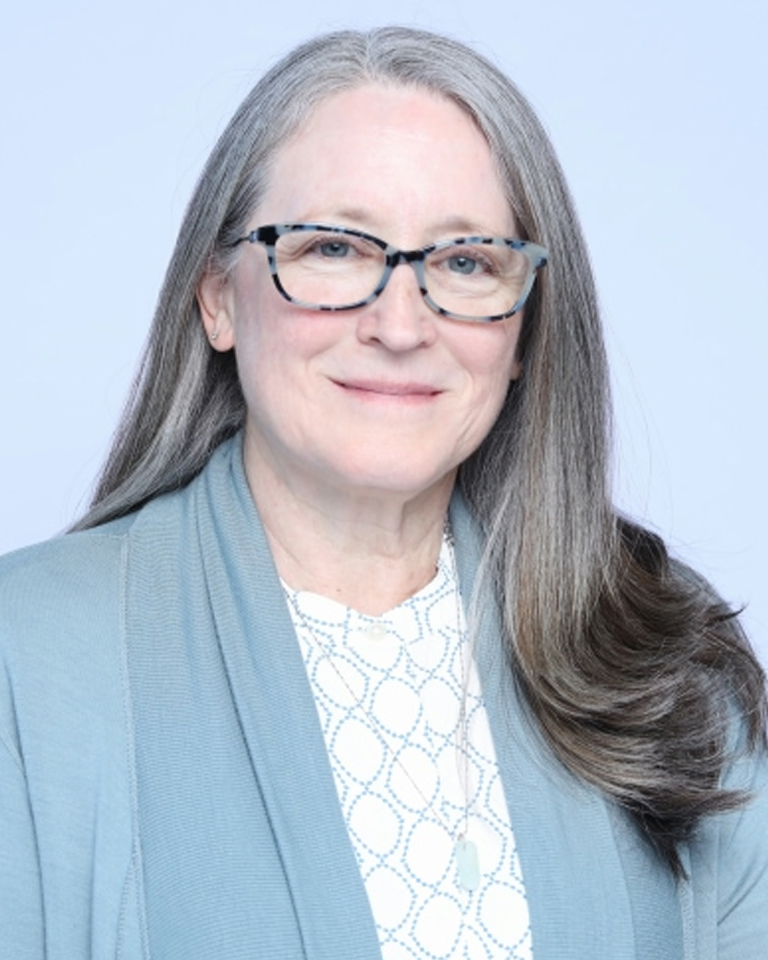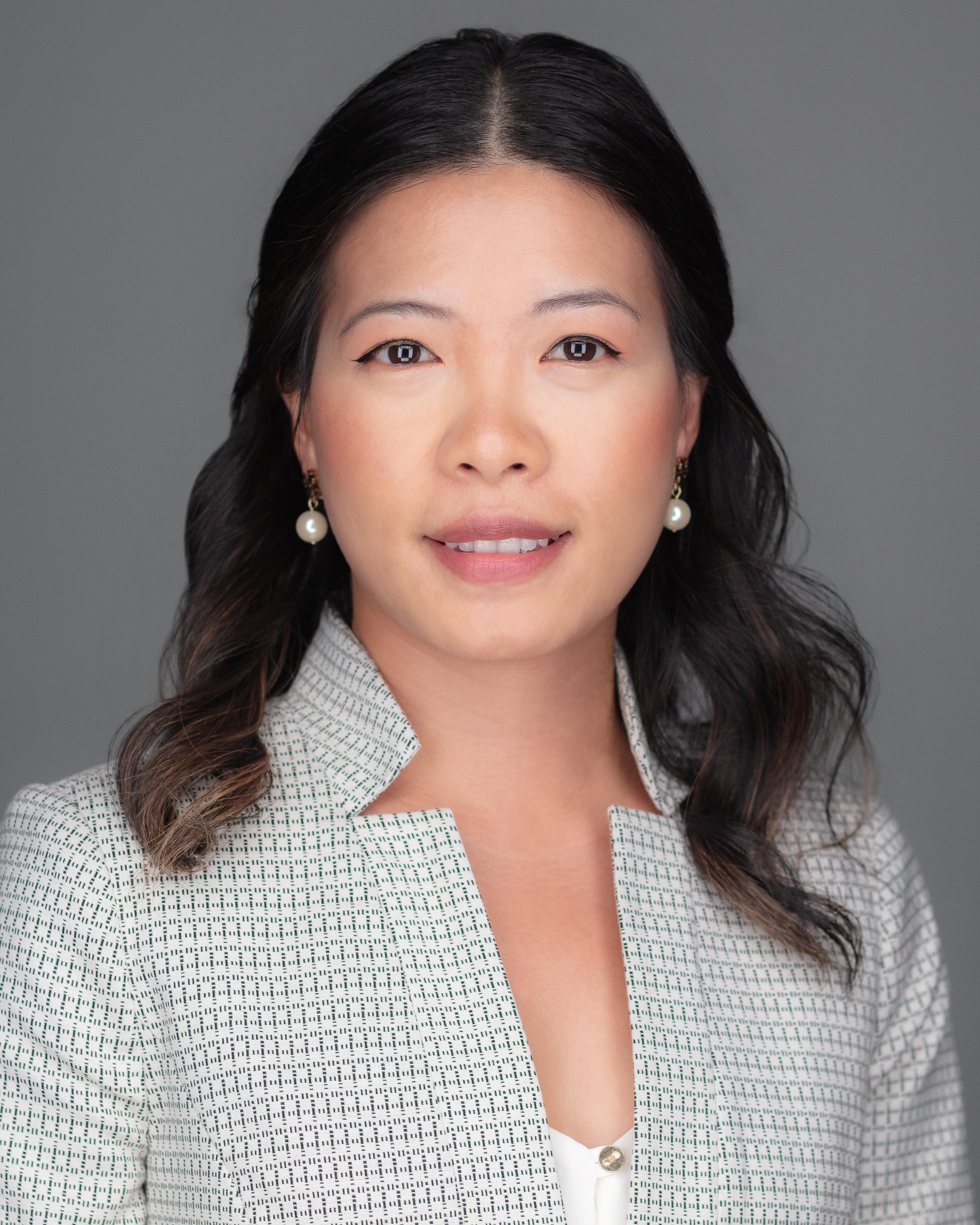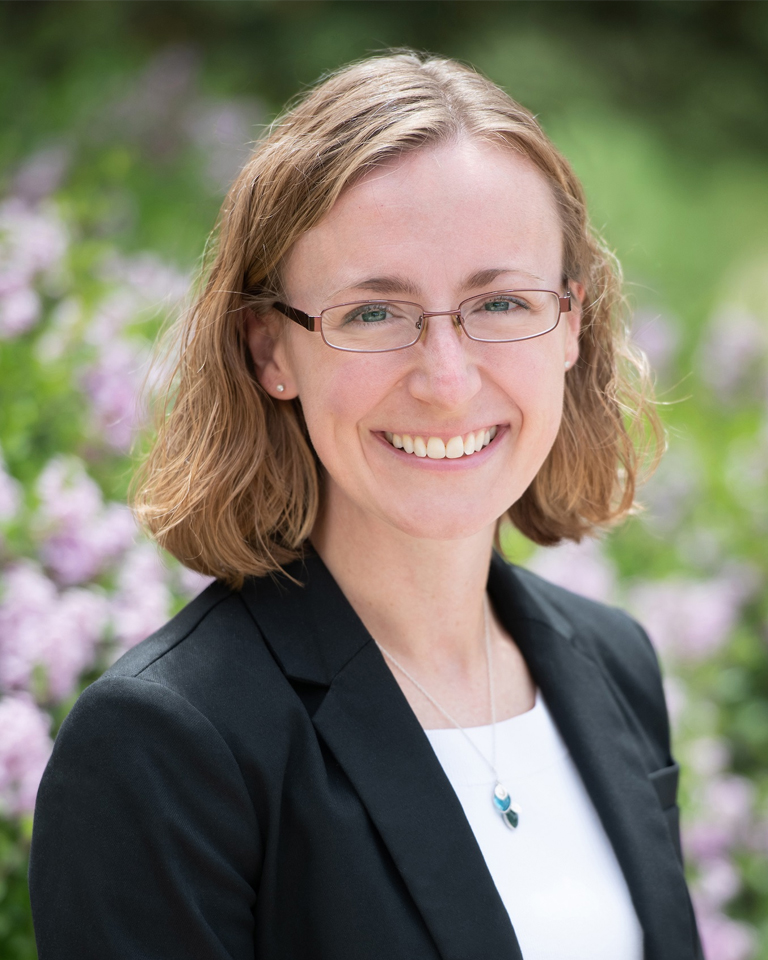Updates in the Management of Follicular Lymphoma: An Advanced Practice Perspective
Part 3: Case Studies in Treatment Selection for Relapsed/Refractory Follicular Lymphoma
Susan Woodward, MSN, APRN, AOCNP®, Zanrha Esteban, MPA, PA-C, and Amy Sidorski, MS, ANP-C, revisit the case studies that were introduced in Part 1 to discuss treatment selection for relapsed/refractory follicular lymphoma. The emphasize the need for an individualized treatment approach that takes both patient and disease characteristics into consideration. They also discuss real-world data on the financial toxicity of treatment.
Chair

Susan Woodward, MSN, APRN, AOCNP®
Moffitt Cancer Center
Faculty

Zanrha Esteban, MPA,
PA-C
Moffitt Cancer Center

Amy Sidorski, MS, ANP-C
Rocky Mountain Cancer Centers
Transcript
Susan Woodward: Welcome to part three of our roundtable discussion about follicular lymphoma. My name is Susan Woodward, and I'm back with my colleagues, Zanrha Esteban and Amy Sidorski. Zanrha and Amy, thank you for joining me again today. In our previous discussions, we talked about the diagnosis and frontline treatment of follicular lymphoma as well as updated treatment options for relapsed/refractory follicular lymphoma in the second-line setting as well as the third-line and beyond setting. Now, I'd like us to revisit some of the case studies that we introduced the first video to discuss treatment selection in relapsed/refractory follicular lymphoma, focusing on what we do when the patient initially relapses. So I'm going to have Amy lead off here.
Amy Sidorski: Thank you, Susan. So just to recap, our first case study is ES. He's an 81-year-old male who was treated frontline with BR for six cycles, followed by rituximab maintenance therapy, which completed in 2021. He presented in late 2024/early 2025 with a new diagnosis of prostate cancer, received treatment for this, and had a PSMA PET scan in January of 2025, which showed left-pleural thickening. A follow-up chest CT showed a 1.8 by 1 centimeter right cardiophrenic angle lymph node. CT-guided biopsy was consistent with follicular lymphoma grade 1/2. In May of 2025, he underwent an FDG PET scan, which showed hypermetabolic lymphadenopathy on both sides of the diaphragm with hypermetabolic liver lesions. And these liver lesions were not active on the prior PSMA PET scan, so they're felt to likely be related to his follicular lymphoma.
We talked with him about next treatment options. Given his age, he does not want to undergo CAR T-cell therapy, so we talked to him about options of tafa-R2 versus R2 versus rituximab alone. Given his age, he has elected to receive rituximab alone, which would be 4 weekly doses followed by 4 maintenance doses given every other month. And Susan and Zanrha, I'll just throw this out to you, your thoughts on this case, and if you're treating these patients any differently, or any other pearls that you might have.
Susan Woodward: So I wanted to kind of go back. So, ES, was he symptomatic? What was some of the decision-making going into deciding to treat him again?
Amy Sidorski: Yeah, that's a good question. He was having some symptoms, and he was concerned that the lymphoma was back. And since it was in his liver, he felt pretty strongly that he wanted to do some type of treatment just to take care of things now.
Susan Woodward: Okay. And he's not currently on any prostate cancer treatment other than maybe some hormone deprivation?
Amy Sidorski: Correct, yeah.
Susan Woodward: Okay. All right, so not interfering. Yeah, I mean, I think that's reasonable, looking at his age. I mean, anytime you're adding either of those other regimens gives you the lenalidomide, which we know a reasonable amount of side effects with that. Often, you have to do some prophylactic anticoagulation. So then you're thinking about somebody in their 80s, who may be on some anticoagulation now, some medications that also puts you at increased risk for infections at his age. Yes, those other treatments could give him some extended progression-free survival. I don't know whether you had discussed that potential with him or not in those discussions.
Amy Sidorski: Yeah, we did have discussions with him regarding that. He felt pretty confident, given his age, that he was looking for the gentlest therapy.
Susan Woodward: Understandable. Zanrha, did you have anything to add?
Zanrha Esteban: I was just curious about his ECOG, his performance status. We have patients who are 81 but don't look 81.
Amy Sidorski: True, yeah. His ECOG's probably between a 1 and 2. So he still does okay, but he is 81, and so he doesn't get around quite as well as he used to.
Zanrha Esteban: I think rituximab alone is reasonable. I mean, you have the other side effect profile of lenalidomide, like Susan said, that is a little bit harder, not as gentle as rituximab alone.
Susan Woodward: Yeah, I think we probably all concur in this case.
Amy Sidorski: Okay, great. So I'll move to our next case study, who's AT. And just a reminder, he's 52. He received bendamustine-obinutuzumab for 6 cycles for his frontline therapy followed by maintenance obinutuzumab, which completed in early 2024. In late 2024, he had a chest CT for pneumonia, which showed an enlarging right lower-lobe lung nodule. Bronchoscopy with FNA did not show evidence of malignancy, but it was an FNA, so we decided to do a follow-up chest CT about 3 months later, which was done in late March of 2025 and showed some growth of the nodule.
So he did have a biopsy of this right lower-lobe lung nodule in April and a biopsy of the lymph nodes. They were core needle biopsies, which have demonstrated recurrent low-grade B-cell lymphoma. He had a PET scan performed on June 3rd, which showed new intensely hypermetabolic right-hilar and subcarinal lymph nodes, progression of the right lower-lobe pulmonary nodule, a small right upper-lobe nodule with mild uptake, and stable hypermetabolic mesenteric nodules. This was a Deauville score of 5, consistent with recurrent follicular lymphoma.
And also to add, the pathology for his repeat biopsy was CD20- and CD19-positive. And so we're currently having discussions with him for the next lines of treatment. We've discussed with him tafa-R2. We also have the tazemetostat-R2 clinical trial that he's considering. And then, he's young and healthy. His only comorbidity is type 2 diabetes, and he has good social support, so he's someone that we may consider CAR T-cell therapy for in third-line therapy. And so he's going to be coming back within the next week to make a final decision on treatment.
But my question to you, Susan and Zanrha, being in a CAR T-cell center, are there any concerns about giving tafasitamab with it targeting CD19 for patients who may go on to receive CD19-targeting CAR T-cell therapy?
Susan Woodward: I believe both Zanrha and I posed that question to a couple of our lymphoma physician colleagues, and I think you're going to get several opinions on that. As of right now, there's nothing definitive to say that targeting CD19 prior to going to CAR-T is of concern. They have studied that situation in DLBCL. And the jury is still out, but it seems that using the tafasitamab does not deplete the CD19, but there's certainly a lot more studies and information that needs to come out of that before we can say that definitively. Yes, I think it's a reasonable option to do that. You do have some physicians that just want to give a very quick, brief, second-line therapy to somebody just to get the disease burden down and then get them straight to CAR-T in this situation, particularly a younger person, so there are other options that could be used to do that. Zanrha, anything you want to add to that?
Zanrha Esteban: No, you basically said everything that I was going to say. Definitely, I think there's still a lot of opportunities for us to explore that area. We don't really know. I'm sure there's going to be another clinical trial to explore that area of unmet need.
Susan Woodward: Right now, we kind of have to extrapolate from what they've seen in the DLBCL space, because, of course, tafasitamab has been approved in that space for a few years, and we've had a chance to look at that. I think if you're at a CAR-T center, CAR-T is a highly effective option in third-line for follicular lymphoma, so those physicians are wanting to get those patients to CAR-T, if we can. Of course, we now have bispecifics kind of competing in that space as well, with a lot of social determinants going into that for patients. So I don't think, looking at this, Amy ... So he's not a POD24, but he is young.
Amy Sidorski: Yeah, he's close to the POD24, but not quite there.
Susan Woodward: Yeah, and it looks he's got a lot of pulmonary disease. Did you have any concern, with the way that PET scan looked, that maybe he could be somebody who has occult transformed disease, potentially?
Amy Sidorski: Yeah, that's why we did biopsy him, to make sure that he hadn't transformed, because certainly that's a concern of ours.
Zanrha Esteban: Clinically though, did you see transformation?
Susan Woodward: Like in terms of being very symptomatic, or were the SUVs really high on the PET?
Amy Sidorski: I don't have the SUVs right in front of me. I don't think they were really high that would make us super concerned that he was transforming.
Zanrha Esteban: Okay.
Amy Sidorski: And symptom-wise, he's starting to maybe have a little bit of symptoms, but he's not having much. When he first presented, we picked this up because he had a CT for pneumonia, so he wasn't having symptoms. And I think if we let him kind of continue to ride, he'll start to have symptoms here probably sooner rather than later.
Susan Woodward: Yeah. And I think prior to the option of having the tafa-R2, he would've been somebody you might've been presenting the R2 option to, but I'm thinking that, in his case, adding that third agent is going to give him a longer progression-free interval. So I think in terms of the question of would you just do R2 or would you do the tafa-R2, I think that would be a pretty clear choice if you didn't think there was going to be an issue with CAR-T later on. Which, right now, it's not looking like, but, again, we have incomplete information on that.
Amy Sidorski: Yeah, absolutely.
Susan Woodward: Zanrha, we've talked quite a bit about using the tafasitamab, if you could talk a little bit about some barriers to treatment or maybe non-barriers to treatment with the tafasitamab.
Zanrha Esteban: Yeah. Yeah, so a few barriers to treatment with the newly-approved drug tafasitamab in combination with R2 for follicular lymphoma. Now, these barriers, they're not new, but they're universal in many of our drug regimens, such as the IV-administration burden. Tafasitamab is given weekly for the first three cycles, every 2 weeks for cycles 4 to 12. The schedule may be logistically challenging for a lot of our patients, especially those that live in rural areas or that have limited mobility or transportation. And again, cost and access. As a new approved biologic, tafasitamab may be expensive. It may not be covered by insurance. Prior authorization and reimbursement hurdles can delay starting treatment. Safety and side effects. Serious adverse events occurred in about 33% of patients in the inMIND trial; infections were reported in 24%. And pain toxicities, including neutropenia, were very common. And lastly, biomarker limitations, like we were talking about. Tafasitamab targets CD19, but CD19 expression testing is not yet standardized in all of our clinical settings. Patients with low or absent CD19 expression may not benefit, and it's not routinely tested for.
Susan Woodward: Amy, is that something that all of your patients would have, CD19 testing, in your practice setting?
Amy Sidorski: Yeah, I believe our pathologists now are adding that in as part of their testing.
Susan Woodward: In summary, an individualized approach is needed for the relapsed/refractory follicular lymphoma patient to look at the disease characteristics of prior therapeutic exposure, their response to previous lines of therapy, the burden and tempo of their disease, are they a POD24, is there a concern for transformation, more characteristics of their disease biology, do they have an EZH2 mutation, are they P53-mutated?
And then the patient characteristics. Age and frailty are certainly big considerations, their comorbid conditions, their tolerance to prior lines of therapy, which may also affect how they feel about the therapy choices, their risk tolerance, and then their goals of care. And then social determinants, including support, access, travel, etc. I had attended a conference recently where they presented this really interesting study about the real-world financial toxicity. I wonder if Amy could elaborate on that a little bit more in this specific setting.
Amy Sidorski: Absolutely. This was a study that was published in Blood in 2024 that used some real-world data and an economic framework to estimate patient travel burden. This was associated with looking at the bispecifics that we have approved, so fixed-duration mosunetuzumab versus continuous epcoritamab. It looked at total round-trip travel distance, total round-trip travel time, and travel-related costs and work productivity loss. And over a 1-year time period, mosunetuzumab resulted in lower travel burden. As an example, the total travel time for 19 doses of mosunetuzumab versus 28 doses of epcoritamab was 54 versus 79 hours, and travel-related costs were $3,907 versus $5,758.
So I think this is something that we can look at as we're having multiple agents that work similarly for our patients. There's a lot of this also, the MAICs, the matching adjusted indirect comparisons that people are doing since we're not having head-to-head trials. But of course, those aren't our gold standard, if we could have head-to-head trials, but these are other things that I think we should be looking at for our patients.
Susan Woodward: Yes. Very interesting. Yeah, I'd like to have some of that actual hardcore information that we can actually present to patients. So this brings us to the end of our follicular lymphoma roundtable series. Zanrha and Amy, thank you again so much for sharing your expertise with me and the viewers. Thank you also to our viewers for joining Amy, Zanrha, and me for this roundtable discussion today. We hope you found the presentation to be practice-enhancing. For more information and to view our other discussions on follicular lymphoma, please visit JADPRO online at jadpro.com.

